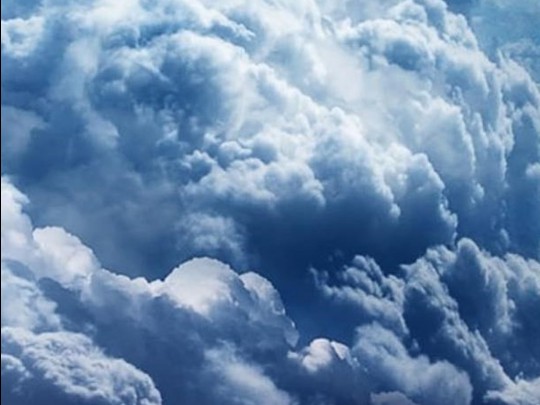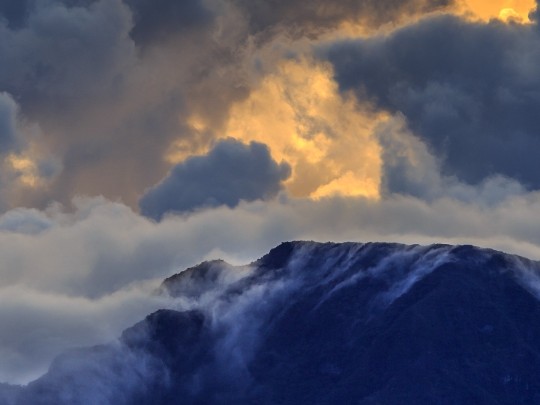Decoding the Skies: A Canadian's Guide to Cloud Formations and Weather Wonders

Look Up! Understanding the Clouds Above
Here in Canada, we know a thing or two about the sky. It's a constant presence, and often, a dramatic one! But have you ever really looked at the clouds? They're not just fluffy white shapes drifting by; they're a dynamic, ever-changing display of atmospheric science and a crucial indicator of the weather to come. From the prairies to the coasts, understanding cloud formations can enhance your appreciation for the natural world and even help you predict a change in conditions.
A Sky Full of Stories: Different Cloud Types
The sky isn't just blue; it’s a canvas painted with various cloud formations, each telling a different story. Let's break down some common types:
- Cirrus Clouds: These high-altitude, wispy clouds are made of ice crystals and often signal an approaching weather system. Think of them as the sky’s early warning signs.
- Cumulus Clouds: The classic “cotton ball” clouds you see on a sunny day. While generally indicating fair weather, they can rapidly build into towering cumulonimbus clouds, bringing heavy rain and thunderstorms – something we Canadians are certainly familiar with!
- Stratus Clouds: These flat, gray clouds cover the entire sky and often bring drizzle or light rain. A typical, overcast Canadian autumn day!
- Alto-Cumulus Clouds: Appearing as mid-level, puffy sheets or layers, these can indicate a change in weather is on the way.
The Science Behind the Beauty
So how do these incredible formations happen? It all starts with water vapor. As warm, moist air rises into the atmosphere, it cools. This cooling causes the water vapor to condense around tiny particles – dust, pollen, even salt – forming tiny water droplets or ice crystals. As more and more droplets or crystals join together, they become visible as clouds. The height at which this condensation occurs, along with temperature and air currents, determines the type of cloud that forms.
Sunsets and Skies: A Colorful Connection
Ever noticed the breathtaking colours of a Canadian sunset? The vibrant reds, oranges, and purples aren’t just a pretty sight. They’re the result of sunlight scattering off water droplets and ice crystals within the clouds, and also influenced by particles in the atmosphere. The angle of the sun and the cloud cover all play a role in creating those spectacular displays.
Look Up and Learn!
Next time you’re out enjoying the Canadian landscape, take a moment to look up. Observe the clouds, identify their types, and consider the fascinating science behind them. It’s a constant reminder of the power and beauty of nature, right above our heads!





